Hey everyone, I'm still a photo newbie. My main preferance is landscape shots, so I've taken my camera with me when going out on hikes and such to hopefully catch some nice shots. I have gotten a few, but I notice a constant trend in my pictures. There's almost always a part of my picture that's washed out. Most frequently it seems to be the sky; what I see as a clear, bright sky turns up really white on my pictures. I tried compensating for this today by shortening the exposure length, but then the rest of the picture, excluding the sky, seemed a bit hazy and underexposed. I really think I could drastically improve the quality of my shots if I could fix this problem.
Makes me almost wish I'd have gotten a digital camera instead of a 35mm, I could probably figure this out then.
Makes me almost wish I'd have gotten a digital camera instead of a 35mm, I could probably figure this out then.


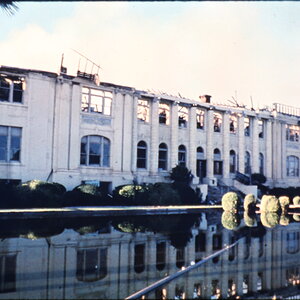
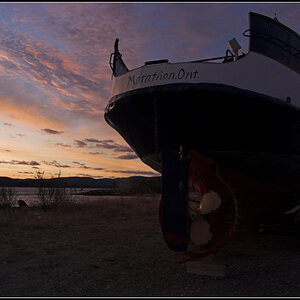
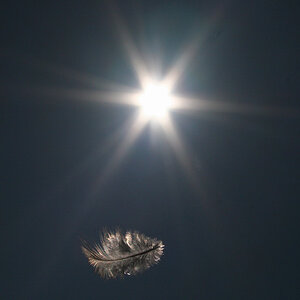
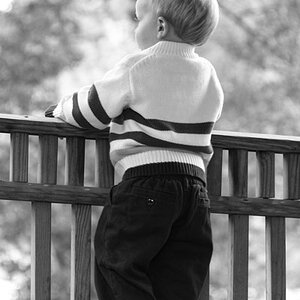

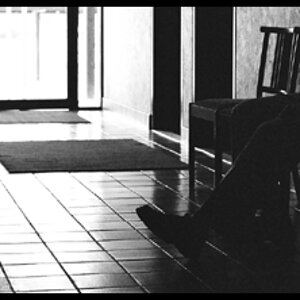
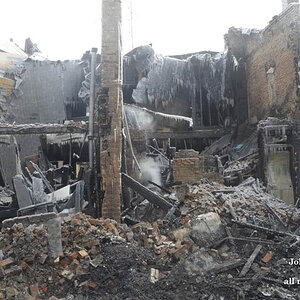
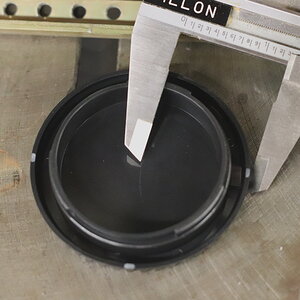
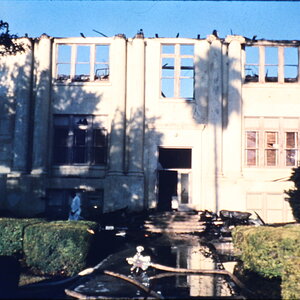

![[No title]](/data/xfmg/thumbnail/31/31093-5a5bf042a168153ccffbce7a66501050.jpg?1619734610)
